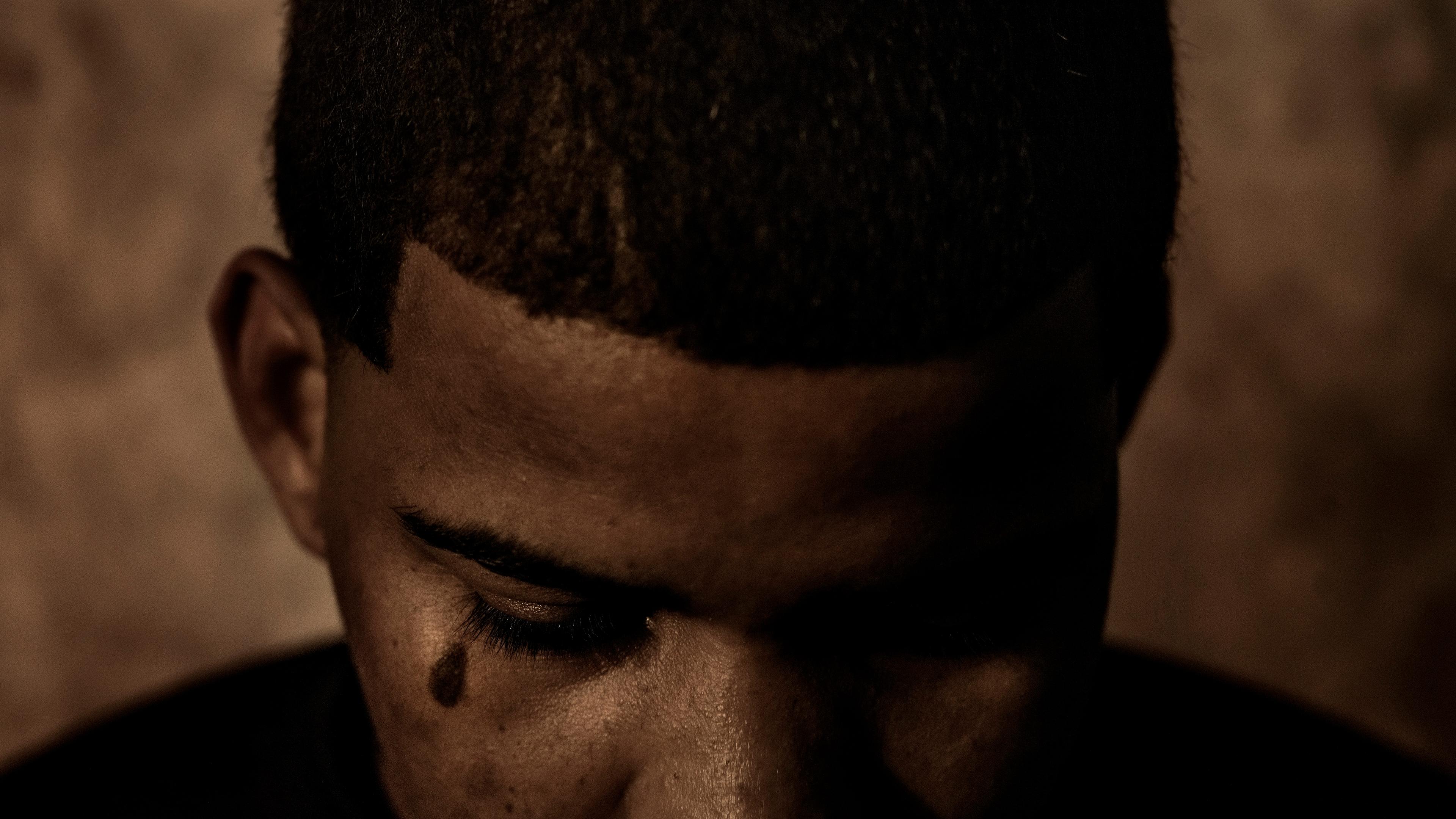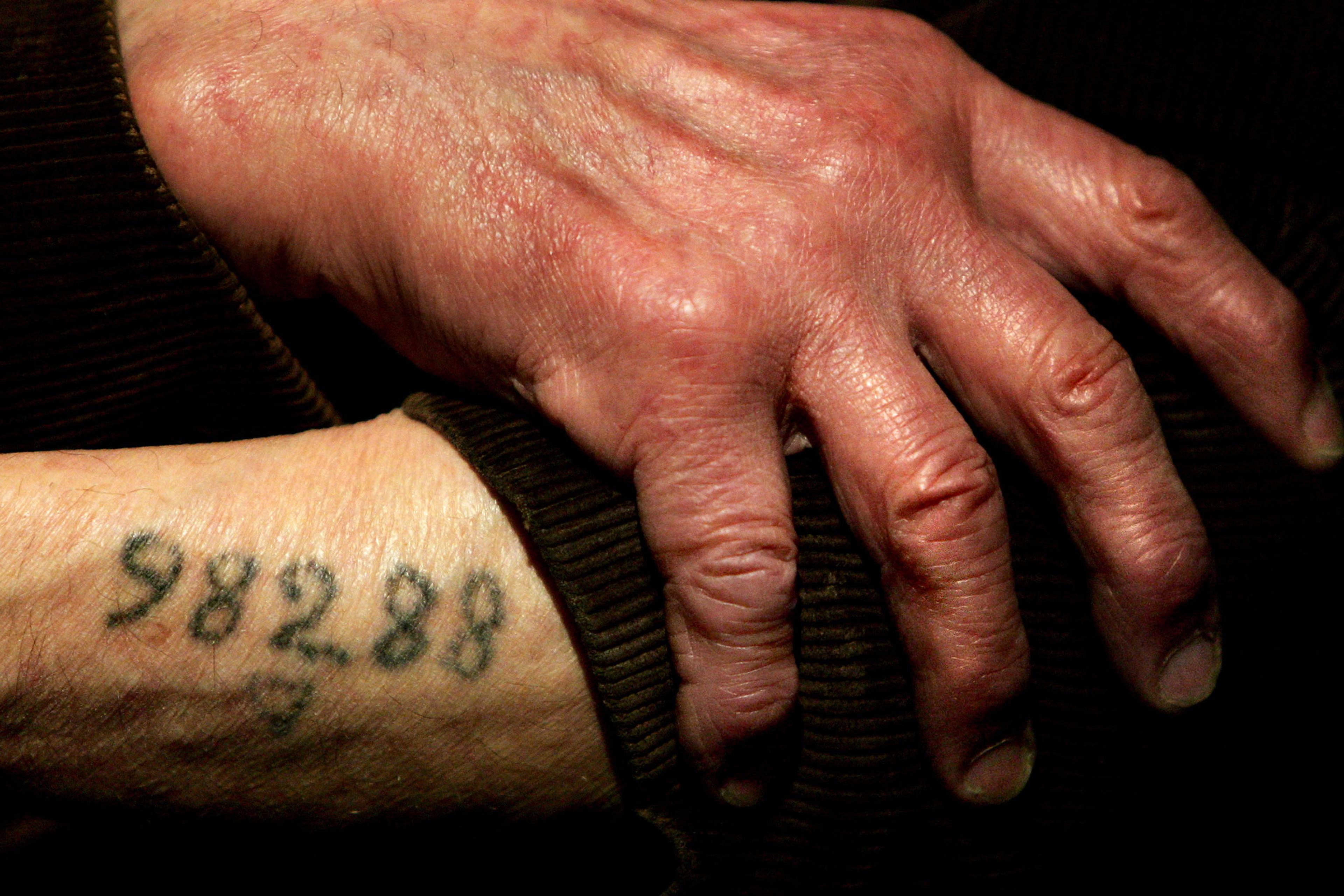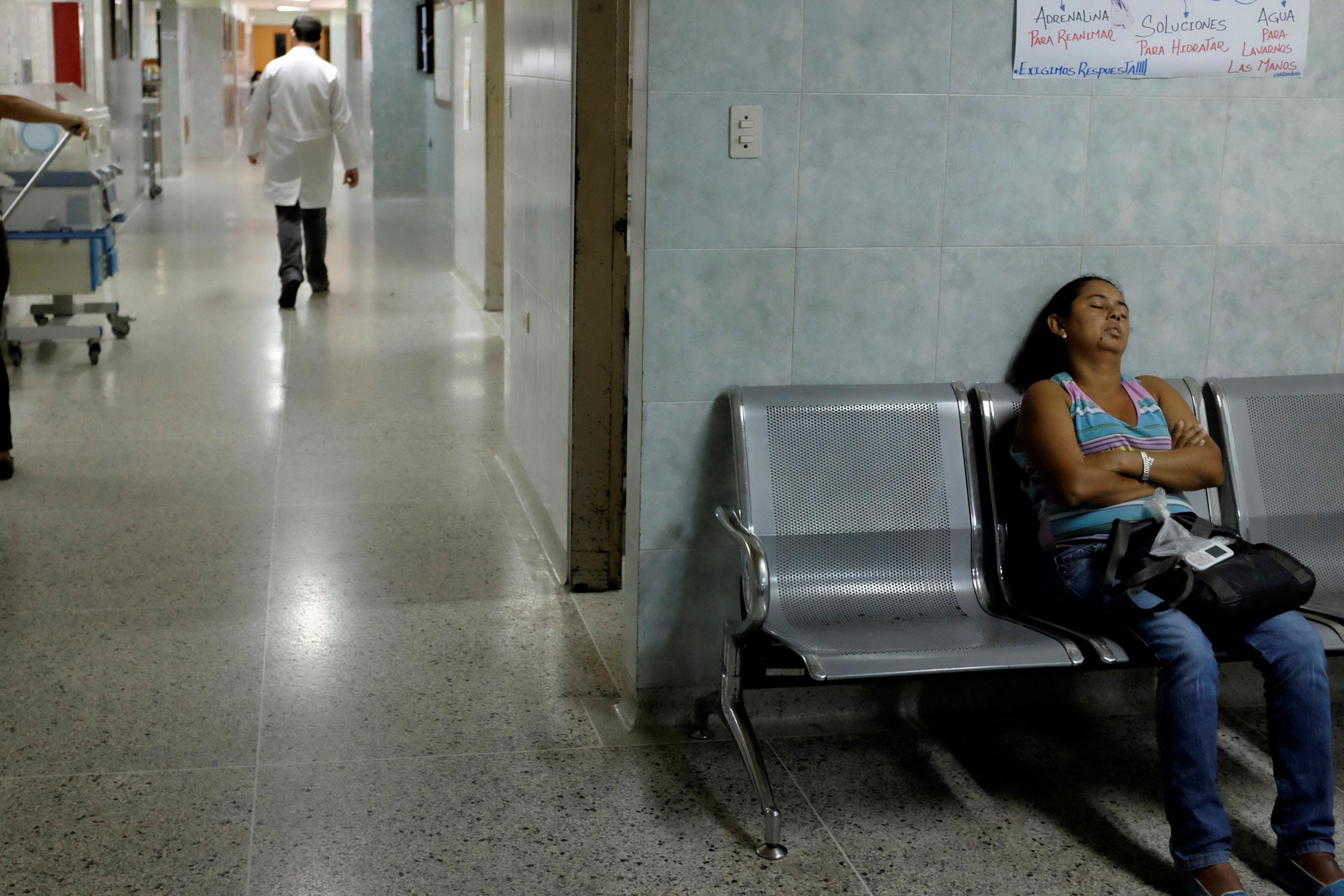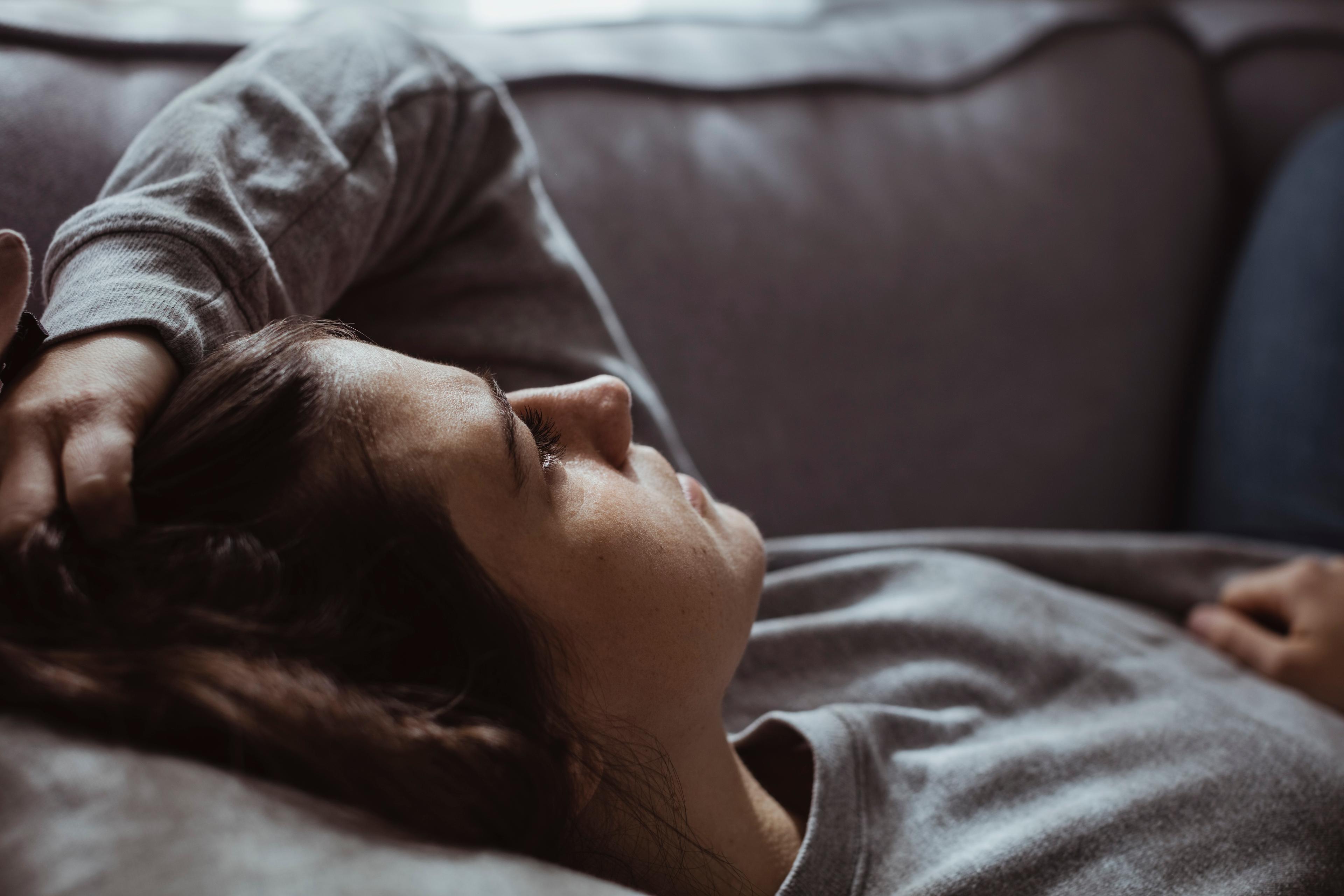Trauma isn’t confined to war zones or distant refugee camps. It is far more prevalent than you might realise – about half of us will experience at least one traumatic event in our lives. Whether caused by accidents or abuse, trauma leaves a lasting impact, casting a shadow over the way people think, feel and navigate the world. Mental health treatments are available, and informal emotional support from relatives and friends can make a positive difference too – but to help someone requires that their trauma and its effects are recognised and understood in the first place.
Complicating the picture, not everyone experiences trauma in the same way, and one important factor is frequently ignored. Growing research suggests that sex differences play a significant role in how trauma occurs and is processed. Culture may further shape these differences, as social gender roles influence how trauma is expressed, often reinforcing distinctions between men and women. Yet, as in many areas of medicine – whether cardiology, neurology or psychiatry – these differences are often overlooked, and treatment is typically designed with a one-size-fits-all mindset. To better care for people who have suffered trauma, it is essential that we better recognise and address these differences.
Consider the stories of Jane and Martin – two people who sought psychiatric care in the Czech Republic and whom my colleagues and I worked with. Their experiences offer us a glimpse into the ways that trauma can shape a person’s life – and how sex differences matter.
Jane and Martin were both young students who sought professional help as they struggled to cope with the challenges in their lives. Jane, overwhelmed by persistent suicidal thoughts, dealt with emotional instability, an eating disorder, and self-harm using razor blades to release unbearable tension. Martin, on the other hand, sought help for persistent anxiety, a growing sense of isolation, nightmares and feelings of anger. They shared one defining thread – both had endured a traumatic event that profoundly shaped their lives. As a child, Jane was physically abused by her father, while Martin experienced a car crash that tragically claimed the lives of his grandparents. But while they had both experienced a past trauma, the way it manifested in their lives was very different, reflecting patterns often seen among other traumatised women and men, respectively.
Research suggests that men are more likely to experience trauma, yet women are twice as likely to develop post-traumatic stress disorder (PTSD) – a psychiatric diagnosis that is associated with distressing flashbacks and feeling in a state of constant danger. About 5 per cent of men are estimated to experience PTSD at some point in their lives, compared with 10 per cent of women.
Oxytocin, a hormone involved in social bonding and stress regulation, plays a crucial role in women
One key reason for this disparity between the sexes is the nature of the trauma itself, as women and men are, on average, exposed to distinctly different types of traumatic events. As partly reflected in the stories of Jane and Martin, while women are more likely to experience sexual abuse and family violence, men are at greater risk of accidents, non-sexual assaults and traumas related to war. For both sexes, sexual violence is the trauma that is most likely to lead to PTSD – and its prevalence is alarmingly high among women, with nearly a third worldwide experiencing sexual violence in their lifetime. Moreover, women are more likely than men to suffer sexual violence at the hands of somebody close to them, which can be particularly traumatising and may likely lead to more severe PTSD. Even in the context of war and conflict, my colleagues and I found that displaced women are disproportionately affected by sexual violence, compared with war-related traumas such as torture and imprisonment, which are more commonly experienced by men. Displaced women are especially vulnerable to sexual violence throughout their migration journeys because sexual abuse increases after the eruption of war and armed conflict.
Not only do women and men tend to experience different kinds of trauma, but the effects on their body and brain are also different. This is related to sex-specific hormonal responses to stress. When faced with danger, the body initiates the well-known ‘fight or flight’ response, activating the sympathetic nervous system and triggering the hypothalamic-pituitary-adrenal (HPA) axis to release stress hormones to prepare the body for action. However, it appears that oxytocin, a hormone involved in social bonding and stress regulation, also plays a crucial role in women, suppressing the HPA axis and promoting an alternative ‘tend and befriend’ response. Unlike hyperarousal, which is a state of heightened alertness to potential threats associated with the fight-or-flight reaction, the tend-and-befriend response galvanises a desire to form connections and seek social support.
Sex differences are also relevant to how people cope with the aftermath of trauma. The tend-and-befriend response, which is typically associated with women, can extend beyond the initial reaction to stress, influencing their coping strategies. Women are more likely to engage in emotion-focused coping, such as reaching out to loved ones for comfort. If they are successful, this can act as a protective factor for women, but when support is lacking – as is often the case with abuse – it can significantly hinder their ability to cope with trauma. Men, in contrast, tend to adopt problem-focused strategies, often seeking practical support, such as help navigating medical care or dealing with legal matters.
One important implication of these sex differences is in the detection of whether or not someone has developed PTSD and needs more intense support. Mental health professionals rely on specific criteria to make a diagnosis, such as whether a person relives their trauma through flashbacks or nightmares, avoids reminders of the event, and experiences persistent hyperarousal (feeling always on the brink of fight or flight). These formal diagnostic criteria for PTSD are identical for men and women, even though trauma often shows up differently for the two sexes.
For instance, research shows that, following trauma, men are more likely to develop anger issues and substance abuse. For men, responding to trauma with anger (as Martin did) can push others away, creating distance in their relationships. Additionally, their higher likelihood of dropping out from treatment can gradually diminish the support they may otherwise rely on – both from their families and from healthcare professionals.
Accessing and addressing that past can be incredibly challenging
In other cases, the signs of trauma are more subtle. This is especially the case for many women, who are prone to respond to trauma with anxiety, suicide attempts, eating disorders and somatic symptoms, such as unexplained pain – as was the case with Jane.
So, while there were commonalities in the way Jane and Martin were affected by trauma – they both isolated themselves from their friends and families and struggled with their studies – there were also key differences in how their trauma manifested.
Given that women are more prone to somatisation – the expression of emotional distress through physical symptoms – they may be particularly vulnerable to having their trauma overlooked, with their health complaints misattributed to other causes. It’s not uncommon for patients to be referred by other specialists after spending weeks in hospitals searching for the cause of their somatic problems, only to find out that their struggles actually stem from past trauma. Accessing and addressing that past can be incredibly challenging. Jane, for example, came to our hospital with various issues but it wasn’t until her second hospitalisation that she disclosed the abuse she endured as a child. Though she didn’t meet the formal defining criteria of PTSD, her struggles were clearly rooted in her traumatic experiences.
Sex differences also matter for the treatment of trauma. PTSD treatment generally falls into three categories: psychotherapy, medication and social interventions aimed at strengthening a patient’s support networks. Some studies suggest that trauma-focused psychotherapy is particularly effective for women. Other research suggests that it is more beneficial for victims of sexual and physical assault as compared with victims of war-related traumas, who are predominantly men.
Similarly, psychiatric medications often produce contrasting effects in men and women due to their differing metabolisms and hormonal activity. For instance, different groups of antidepressants – a common treatment for PTSD – are more beneficial for one sex than the other. One of the most commonly prescribed class of antidepressants, selective serotonin reuptake inhibitors (SSRI), tends to be more effective in treating depression in women than in men. However, when it comes to PTSD, research on their sex-specific effectiveness remains limited.
Social support is also known to be a particularly strong protective factor for women, but there is still a lack of research guiding what forms of support are most effective, such as peer support groups or community-based activities that foster connection and reduce isolation. Expanding research in these areas is essential – not only to help mental health professionals refine treatment strategies based on sex-specific needs, but also to guide the development of more effective support systems, including interventions that make it easier for survivors to seek help, reduce stigma, and normalise a dialogue about trauma.
Trauma can take many forms, from pain and anxiety, to difficulty maintaining relationships
Since trauma can manifest differently in men and women, recognising these patterns allows us to see a more complex picture of their struggles – looking beyond angry outbursts, drinking problems or complaints of an aching body. This awareness can help us respond with greater understanding, whether we are a friend, a family member, or a colleague of someone who has experienced trauma. Instead of dismissing their suffering or reacting with frustration, we can approach them with compassion and, when needed, help them access professional support.
For those who have lived through trauma themselves, understanding that men and women process and respond to it differently can also bring clarity to their own experiences. Trauma can take many forms, from chronic pain and persistent anxiety, to difficulty maintaining relationships. Knowing that such reactions are not unusual among trauma survivors – that trauma may lead to different emotional and physical struggles that are at least to some extent influenced by our sex – can help individuals make sense of what they are going through. For those who have struggled to recognise their own trauma, this knowledge can be validating, offering a new lens through which to understand their experiences and seek the support that best fits their needs.
Trauma impacts everyone differently, but acknowledging these complexities and understanding the nuances in a gender-sensitive approach is essential for developing inclusive, effective support systems that prioritise individual care. Martin, for instance, after receiving antidepressants and starting psychotherapy, is now doing well and continuing his studies. Jane, on the other hand, was hospitalised several more times, and we eventually lost track of her – a sobering reminder of how challenging it can be to provide meaningful help to those struggling with unresolved traumas.
Perhaps if Jane’s emotional instability and eating disorder had been recognised early on as a potential indicator of trauma, and if her care had been tailored to address these struggles as much as her past abuse, her outcome might have been different. Only by prioritising personalised care that acknowledges the distinct needs of men and women can we get a step closer to fostering resilience and recovery for those who carry the weight of trauma.








